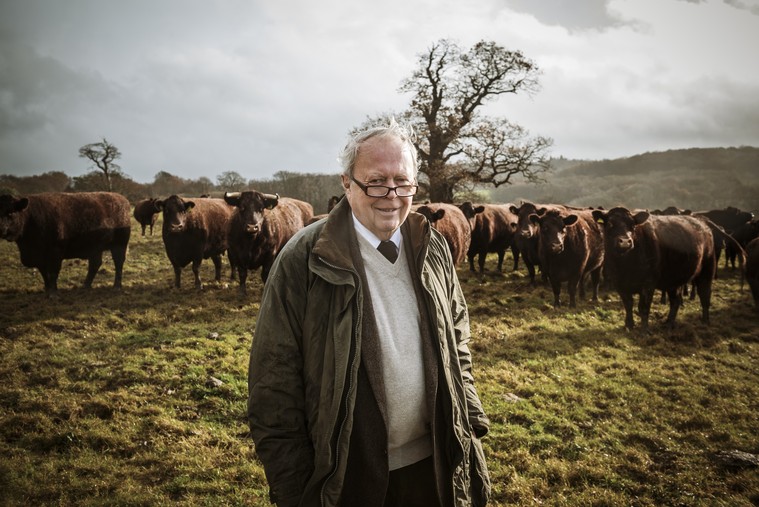Founded by The Earl De La Warr, the newly-formed Sussex Cattle Club will act as a network for buying and selling replacement stock, as well as publishing details of available straws from largely deceased bulls, sharing best practice and potentially performance-measuring and benchmarking.
The Club, which aims to complement the work of the Sussex Cattle Society, could also open the door on new marketing opportunities, with members collaborating to build the scale needed to access new markets for their highly sought-after meat.
“The Sussex breed isn’t currently recognised by the Rare Breeds Survival Trust, but it is believed there are only 160 Traditional breeding cattle left, which would put them into the RBST threatened category (anything below 150 would put them into the critical section),” says Lord De La Warr at the Buckhurst Estate, Sussex.
“They are hardy beasts, exceptional at converting grass into meat and, with small feet, are suited to wet ground. I can’t imagine Buckhurst without these beautiful animals with their distinctive, rich, red-brown coats. We have to guarantee their future.
“This is one of the oldest breeds of cattle in the country,” adds Lord De La Warr. “When the Normans arrived in 1066, they encountered red cattle in the Weald of Sussex and Kent which were the direct forebears of the pure line we see today.
Charles How, who farms at Steyning in Sussex, says membership will be particularly helpful when it comes to sourcing bulls. “There are so few Sussex bulls at present. The Club will effectively act as a database of who’s got what – introducing us to people we might otherwise not know – and making it easier to buy and sell. It will become a shop-window of available stock, eventually visible at the click of a mouse on a website.
“I’m really excited by the Club’s ambition to bring together those who share a vision of expanding the pure lines,” says Mr How.
“It’s important that we build numbers and spread beyond the breed’s current South East England stronghold. The purebreds have so much to offer and a TB outbreak or another disaster like foot-and-mouth could wipe out a big percentage of the purebred breeding stock at a stroke. We will be more resilient by having a larger geographical spread.”
Club member Oliver Dean, who farms organically at Udimore in East Sussex, is confident the group’s efforts will secure the unique identity of this ancient animal.
“With any livestock breed, I understand why some people might want to cross it with other breeds in a bid to increase its size or performance, but such moves can lead to a loss of the original traits that prompted many to keep that particular breed in the first place.”
With native breeds potentially likely to attract more support under a new subsidy system, the preservation of the original bloodlines is vital, adds Mr Dean.
“The traditional Sussex is exactly what discerning consumers want. They produce great meat, famed for its flavour, tenderness and marbling. The animals are a dream to keep, too. They’ve got to be the calmest cattle on the planet.”
Mr Dean finishes purebreds at 28-30 months, weighing about 300kg deadweight and making between £1,200 and £1,500 apiece.
“As someone who’s looking to rapidly expand this enterprise, I’m very excited by the potential of the Club as a means of connecting with other breeders and cultivating relationships with the meat trade, retailers and consumers.
According to Mark Weaver of CLM, the land agent for the Buckhurst Estate, cultivating niche markets and developing brands will become ever-more necessary after the scheduled exit from Europe.
“As subsidies for direct agricultural production fall and disappear, farmers will need to find new ways of trimming costs and achieving premiums. The traditional Sussex has many unique characteristics and a fascinating history and heritage.
“Native breeds generally could be set for a renaissance, with Buckhurst’s approach demonstrating how they can represent a perfect coming together of the traditional and the modern, utilising animals with roots dating back many centuries into a progressive 21st century system,” adds Mr Weaver.
The Club, which already has about 10 members, will have regular meetings and plans to launch a website.




